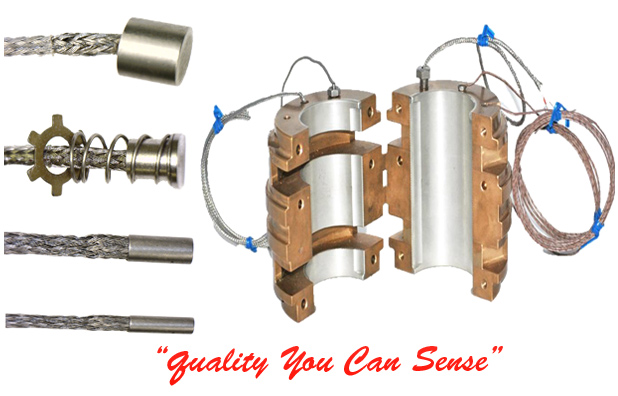Bearing Wear
Bearing Wear
Wear of plain bearings is influenced by the state of lubrication and, conversely, wear characteristics influence the various lubrication states.
Hydrostatic bearings do not wear when operating properly because the bearing surfaces are separated by a film of oil. Erosion of flow restrictors in hydrostatic bearings with high flow rates eventually causes failure. Plugging of flow restrictors by wear debris can cause catastrophic failure. In gas-lubricated, externally pressurized bearings, occasional rubs and resulting wear can occur under impact and vibration loads.
Hydrodynamic bearings wear very slowly. Wear occurs during start-up and slowdown when speed is too low to produce sufficient fluid pressure to support the bearing surfaces on a lubricant film. If hard debris imbeds in a babbitt or plastic bearing and protrudes above the bearing surface, the journal can wear seriously during start-up.
In severe and catastrophic journal wear -- known as wire wooling -- the journal surface is machined by hard scabs of wear debris that pack into the babbitt surface. In this failure the journals are deeply grooved and can no longer generate a hydrodynamic film.
Boundary-lubricated and self-lubricated bearings wear much faster than fluid-film bearings. Self-lubricating plastic bearings wear at higher rates than boundary-lubricated, metal-alloy bearings.
In reciprocating load application, babbitts are subject to fatigue damage in which pieces of the babbitt metal spall out of the surface. This might be considered a catastrophic type of failure after a prolonged (but undetectable) period of wear buildup. Babbitt fatigue is most likely in bearing subjected to reciprocating or vibrating loads.
Babbitts and leaded bronzes are also susceptible to cavitation erosion. This is a form of wear in which shock waves from gas bubbles collapsing in the lubricant produce surface pits. Eventually, the removal of surface material impairs performance. Cavitation erosion has a characteristic lacy appearance and often is found around lubrication feed holes and slots in bearings subjected to vibratory or impact loading -- such as in internal combustion engines.
| 